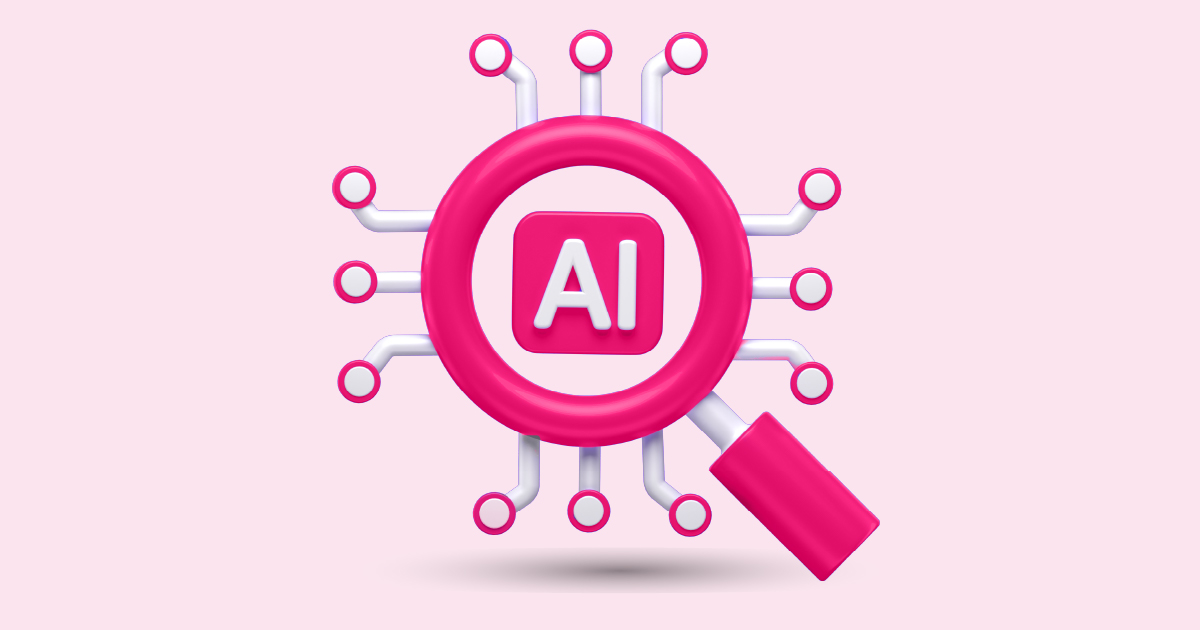In today’s digital age, influencer marketing has become a powerful strategy for businesses to reach their target audience and build brand awareness. Influencers, who have established credibility and a loyal following, can effectively promote products and services to their engaged audience. As the landscape of influencer marketing continues to evolve, marketers need to stay updated with the latest trends to maximize their campaign’s impact. In this article, we will explore the top influencer marketing trends that are shaping the industry in recent times.
13 Top Influencer Marketing Trends: How to Use Influencer Marketing to Grow Your Brand in 2023

Influencer marketing has transformed the way brands connect with their target audience. By partnering with influential individuals, brands can leverage their reach and credibility to promote products and services. As the industry evolves, several trends have emerged, reshaping the strategies and approaches marketers use.
Trend1: Micro-Influencers: The Rise of Authenticity
Micro-influencers, individuals with a smaller but highly engaged following, have gained significant popularity in recent years. Unlike mega-influencers, micro-influencers tend to have a more personal and authentic connection with their audience. Brands are recognizing the value of working with micro-influencers to create genuine relationships and drive conversions.
Trend2: Long-Term Partnerships for Enhanced Brand Affinity
Instead of one-off collaborations, brands are increasingly focusing on building long-term partnerships with influencers. This approach allows for deeper brand integration, as influencers become genuine advocates for the products or services they promote. Long-term partnerships help cultivate brand affinity and establish a sense of trust among the influencer’s audience.
Trend3: Video Content Dominance: YouTube and TikTok
Video content continues to dominate the influencer marketing landscape. Platforms like YouTube and TikTok have experienced exponential growth, attracting a vast audience and providing ample opportunities for brands to engage with influencers. Marketers are leveraging the power of video content to tell compelling stories and showcase their products engagingly and entertainingly.
Trend4: Influencer-Generated Content for Increased Authenticity
To maintain authenticity and connect with their audience, influencers are actively involved in creating content that aligns with their brand. This trend has led to an increase in influencer-generated content, where influencers take an active role in content creation, ensuring it resonates with their followers. This approach adds an extra layer of credibility to the brand’s message.
Trend5: The Growth of Niche Influencers
Niche influencers, individuals who cater to specific interests or demographics, are gaining traction in influencer marketing. Brands are recognizing the value of collaborating with influencers who have a deep understanding of their niche audience. Partnering with niche influencers allows brands to target a highly relevant audience and drive meaningful engagement.
Trend6: Influencer Marketing Automation and AI Tools
The rise of influencer marketing has paved the way for automation and AI tools designed to streamline the campaign process. These tools assist marketers in influencer discovery, performance tracking, and content management. Automation and AI help optimize influencer marketing campaigns, saving time and ensuring greater efficiency.
Trend7: Data-Driven Influencer Selection and Performance Tracking
Data-driven decision-making is becoming increasingly vital in influencer marketing. Marketers are leveraging analytics and data insights to identify the right influencers for their campaigns. Data helps assess an influencer’s performance, audience demographics, and engagement metrics, enabling brands to make informed decisions and measure the success of their campaigns accurately.
Trend 8: Authentic Storytelling: Behind-the-Scenes and Personalization
Audiences crave authenticity and a genuine connection with influencers. Brands are embracing authentic storytelling by offering behind-the-scenes content and providing a glimpse into the influencer’s personal life. This approach humanizes the brand and strengthens the bond between the influencer, the audience, and the products or services being promoted.
Trend9: Influencer Diversity and Inclusivity
Diversity and inclusivity have become essential considerations in influencer marketing. Brands are increasingly collaborating with influencers from diverse backgrounds to reflect and celebrate their target audience’s diversity. Inclusivity ensures that brands resonate with a broader range of consumers, fostering a sense of belonging and inclusiveness.
Trend10: Live Streaming and Real-Time Engagement
Live streaming has gained immense popularity, with platforms like Instagram, Facebook, and Twitch offering live video features. Influencers are leveraging live streaming to engage with their audience in real time, fostering a sense of community and authenticity. Brands can utilize live streaming to interact with influencers and their audience, creating a more immersive and interactive marketing experience.
Trend11: Influencer Marketing in Emerging Markets
Influencer marketing is not limited to developed markets. Emerging markets are witnessing rapid growth in influencer marketing as internet access and social media penetration increase. Brands are capitalizing on the potential of these markets by partnering with local influencers who have a deep understanding of the culture and preferences of their audience.
Trend12: Transparency and Disclosure Guidelines
Transparency and disclosure are crucial factors in influencer marketing. Regulatory bodies and platforms have implemented guidelines to ensure influencers disclose their partnerships and sponsored content. Brands and influencers are expected to be transparent about their collaborations, fostering trust and maintaining ethical practices within the industry.
Trend13: Influencer-Owned Brands and Collaborations
Influencers are extending their influence beyond sponsored content by launching their brands or collaborating with existing ones. By leveraging their brand and audience, influencers can successfully launch and promote their products. Influencer-owned brands and collaborations offer unique opportunities for brands to tap into an established and engaged audience.
Conclusion
Influencer marketing continues to evolve, presenting exciting opportunities for brands to connect with their target audience authentically and engagingly. Micro-influencers, long-term partnerships, video content dominance, and influencer-generated content are some of the top influencer marketing trends shaping the industry. By staying abreast of these trends and adapting their strategies accordingly, marketers can harness the full potential of influencer marketing to drive brand awareness, engagement, and conversions.
Request a demo from AIM Technologies today and discover how you can supercharge your influencer marketing campaigns.
FAQs
Q1: How can micro-influencers benefit my brand?
- Micro-influencers have a more personal and authentic connection with their audience, making their recommendations highly influential. Partnering with micro-influencers allows brands to create genuine relationships and drive conversions among their engaged followers.
Q2: What are some benefits of long-term partnerships with influencers?
- Long-term partnerships enable deeper brand integration and establish a sense of trust with the influencer’s audience. By working closely with influencers over an extended period, brands can cultivate brand affinity and leverage the influencer’s advocacy for their products or services.
Q3: Why is video content important in influencer marketing?
- Video content is highly engaging and allows brands to tell compelling stories. Platforms like YouTube and TikTok have a massive audience, providing ample opportunities for brands to connect with influencers and create entertaining and informative video content.
Q4: How does influencer-generated content add authenticity?
- Influencer-generated content is created by influencers themselves, aligning with their brand and resonating with their followers. This authenticity adds credibility to the brand’s message and strengthens the connection between the influencer, the audience, and the promoted products or services.
Q5: Why are diversity and inclusivity important in influencer marketing?
- Diversity and inclusivity ensure that brands resonate with a broader range of consumers. Collaborating with influencers from diverse backgrounds reflects and celebrates the diversity of the target audience, fostering a sense of belonging and inclusiveness.




